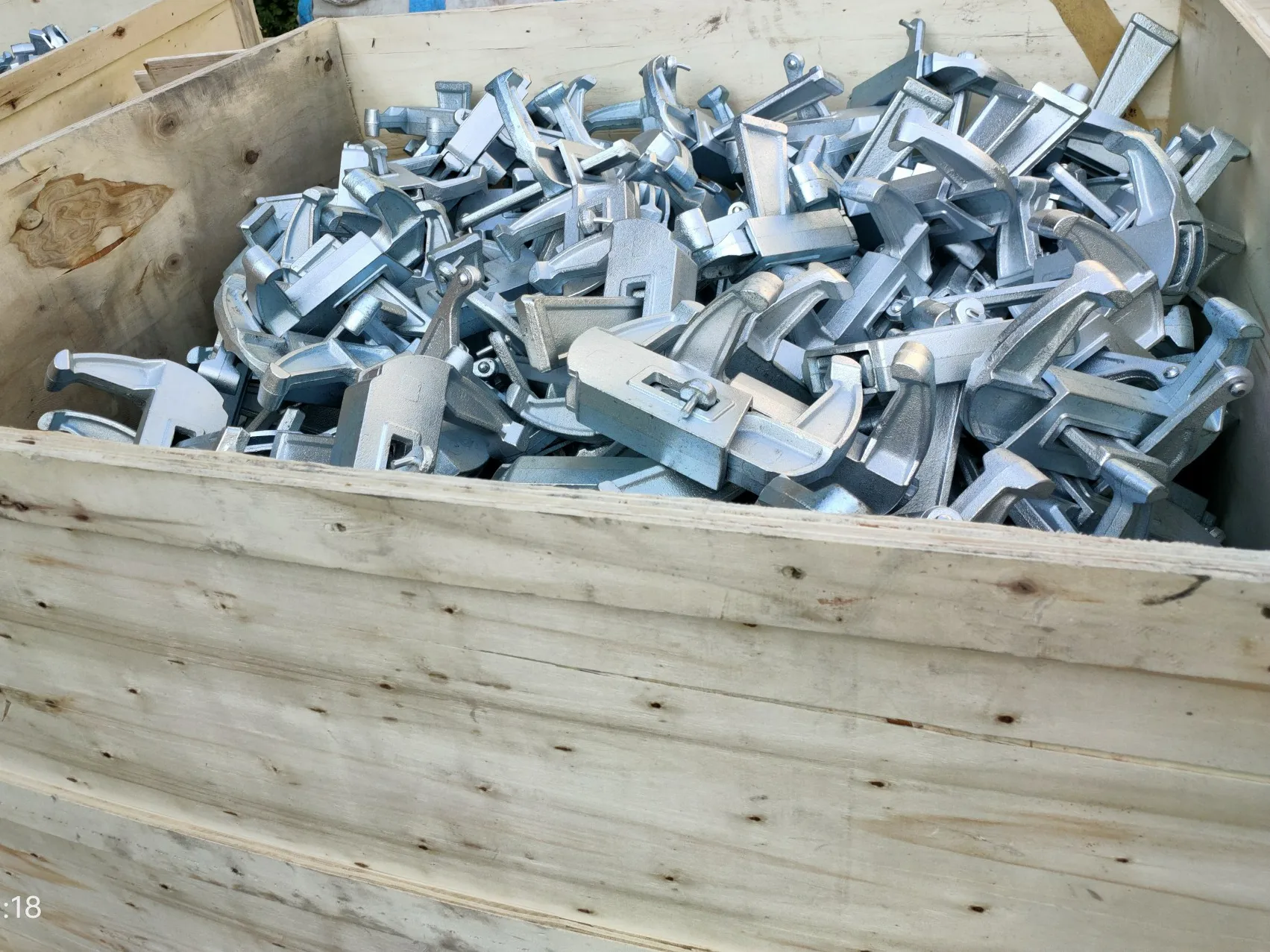- Phone: +86 132 8320 1810
- Email: annie@wrkgroup.ltd
-
- Afrikaans
- Albanian
- Amharic
- Arabic
- Armenian
- Azerbaijani
- Basque
- Belarusian
- Bengali
- Bosnian
- Bulgarian
- Catalan
- Cebuano
- China
- China (Taiwan)
- Corsican
- Croatian
- Czech
- Danish
- Dutch
- English
- Esperanto
- Estonian
- Finnish
- French
- Frisian
- Galician
- Georgian
- German
- Greek
- Gujarati
- Haitian Creole
- hausa
- hawaiian
- Hebrew
- Hindi
- Miao
- Indonesian
- Italian
- Japanese
- Javanese
- Malay
- Persian
- Portuguese
- Punjabi
- Russian
- Spanish
- Swahili
- Telugu
- Vietnamese
ફેબ્રુવારી . 04, 2025 04:27 Back To List
scaffolding pieces names
Scaffolding is crucial in construction, offering support and access for workers engaged in building, maintenance, and repair. Understanding the various components of scaffolding is essential for ensuring safety, efficiency, and compliance on work sites. Here’s a guide to the key names and types of scaffolding pieces, emphasizing their use and significance in the industry.
Decks and Planks Decks, often modular systems, and planks comprise the working surface for scaffolding. Decks can be custom-set and designed with slip-resistant surfaces, elevating worker safety. The choice between traditional wood planks and steel or aluminum decks lies in weight, cost, and durability considerations. Scaffold Access Ladders and stair towers offer access to different levels of the scaffolding. Their design must align with safety regulations, ensuring secure and stable entry and exit. Stair towers are preferred for multistory scaffolding due to their robust and easy-to-navigate structure, allowing for smooth and safe worker transit. Safety Features Understanding simple pieces like guardrails, toe boards, and safety nets can't be overemphasized. Guardrails are vertical and horizontal barriers; they prevent falls from the working platform. Toe boards run along the edges of platforms to prevent tools or debris from falling, posing dangers to ground-level workers. Safety nets catch any material or equipment that might fall, safeguarding passersby and workers alike. Anchoring Systems To further ensure stability, anchoring systems tie scaffolding to the building under construction. These tension-resisting elements are crucial, particularly in windy conditions or high-rise projects. Anchors must be inspected for signs of wear and secure attachment to achieve maximum effectiveness. Conclusion A deep understanding of scaffolding components enhances not only construction efficiency but underscores a commitment to safety and quality. Correct identification and implementation of scaffolding pieces ensure projects meet OSHA and other international safety standards. The structural knowledge underpinning scaffold systems not only provides safety assurances but fosters trust, authority, and confidence in the work environment, hallmarks of a committed and capable construction practice.


Decks and Planks Decks, often modular systems, and planks comprise the working surface for scaffolding. Decks can be custom-set and designed with slip-resistant surfaces, elevating worker safety. The choice between traditional wood planks and steel or aluminum decks lies in weight, cost, and durability considerations. Scaffold Access Ladders and stair towers offer access to different levels of the scaffolding. Their design must align with safety regulations, ensuring secure and stable entry and exit. Stair towers are preferred for multistory scaffolding due to their robust and easy-to-navigate structure, allowing for smooth and safe worker transit. Safety Features Understanding simple pieces like guardrails, toe boards, and safety nets can't be overemphasized. Guardrails are vertical and horizontal barriers; they prevent falls from the working platform. Toe boards run along the edges of platforms to prevent tools or debris from falling, posing dangers to ground-level workers. Safety nets catch any material or equipment that might fall, safeguarding passersby and workers alike. Anchoring Systems To further ensure stability, anchoring systems tie scaffolding to the building under construction. These tension-resisting elements are crucial, particularly in windy conditions or high-rise projects. Anchors must be inspected for signs of wear and secure attachment to achieve maximum effectiveness. Conclusion A deep understanding of scaffolding components enhances not only construction efficiency but underscores a commitment to safety and quality. Correct identification and implementation of scaffolding pieces ensure projects meet OSHA and other international safety standards. The structural knowledge underpinning scaffold systems not only provides safety assurances but fosters trust, authority, and confidence in the work environment, hallmarks of a committed and capable construction practice.
Next:
Latest News
-
Premium Roofing Materials - AI-Optimized by GPT-4 TurboNewsAug.03,2025
-
Formwork for In Situ Concrete | AI-Optimized SolutionsNewsAug.02,2025
-
Premium Screw Jacks Scaffolding Systems - Efficient Height ControlNewsAug.01,2025
-
Durable Concrete Form Ties Enhanced with AI | Buy OnlineNewsJul.31,2025
-
High-Quality Roofing Materials for Durable Building SolutionsNewsJul.30,2025
-
High-Quality Scaffolding Pins for Sale – Durable & Secure Scaffold Toggle PinsNewsJul.30,2025
Products categories










